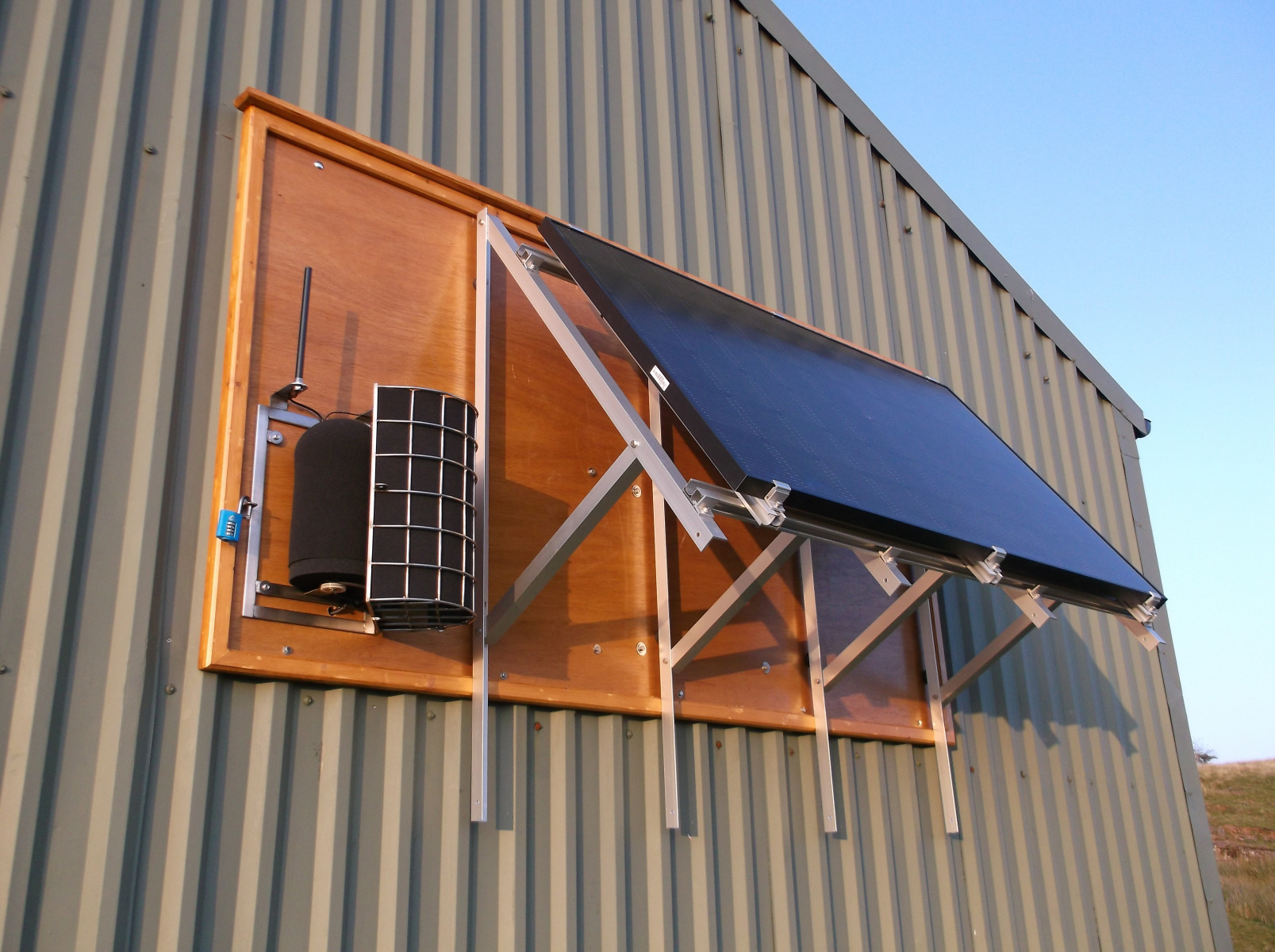News
Our best shot: noise monitoring network gets environmental gong.
Our Acoustics experts' bespoke solution for the Ministry of Defence has helped protect civilians and animals and earned industry acclaim.
Lead image: Challenger 2, Crown copyright 2021
The GNAT noise monitoring network won Best Project in the Environmental Noise Category at the Association of Noise Consultants (ANC) Awards 2021. Our work included the delivery of both a replacement and upgrade to the noise monitoring systems on several UK Ministry of Defence sites, creating a bespoke solution that is now employed during training to manage noise exposure and protect civilians and animals in some of the most challenging locations in the world.

“The upgraded Gunfire Noise Analysis Tool system now supports the management of training across our rurally located ranges, supported by fixed monitors often positioned in the most inaccessible, remote locations away from the luxury of utility connections,” says Richard Snow, Senior Environmental Adviser for Defence Infrastructure Organisation, Technical Services. “The live data feed and alert system has enabled the range operations teams to manage our firing far more effectively and now have the benefit of recorded data providing real-time evidence.
Unique requirements.
These noise monitoring systems need to be operational 24/7. To make this possible, each unit is resilient to the elements, meaning they are readily available when necessary, regardless of the conditions. We extended capability by utilising portable monitors with GPS to improve data gathering capabilities. This was paired with simple, user-friendly controls to ensure easy client deployment.

Optimised connectivity.
Our unique solution provides a robust, cloud-based portal. This dedicated server safely hosts all collected data in real time. It can be accessed securely by authorised users and deliver automated alerts and warnings. Each monitor uses mobile data, meaning that it is not geographically dependent and can be used in most places across the globe.
A total of 43 systems were delivered despite challenges arising from a multitude of location-specific issues, including accessibility, power and communications, plus Brexit. No single off-the-shelf system could have achieved the MoD’s exacting requirements. All systems are location-aware, time-synchronised and constantly connected to a cloud database, with solar power as required.
“The mobile monitors are currently deployed at Castlemartin Range in Pembrokeshire and, along with cameras and the University of St Andrews, we are monitoring the effects of gunfire noise emissions on the seal colony on the beaches within the range during a combined arms live fire exercise,” continues Richard.
Grey seals do not hear the same band of frequencies as the human ear so the acoustic specialists analysed the frequencies of each weapon system and established a weighting factor for seals in order to monitor the noise effectively for both human and seal receptors.
“Overseas, we have been monitoring gunfire noise in the jungles of Belize with our upgraded mobile monitors to ensure that our jungle training noise levels do not exceed the thresholds set within the Belize environmental legislation at specified civilian receptors. Despite the humidity and remote locations, the monitors worked well and gave us the real-time data we needed to demonstrate compliance and confirm our modelled assumptions.”
The system upgrade includes an additional number of mobile monitors that are linked back to the cloud and have been deployed to address specific compliance requirements. These have included the monitoring of impulse noise from small arms ranges where the local community were challenging the noise emissions levels. This gave MoD the data that could be analysed to resolve the complaints.
The system has shown to be effective in the most remote, challenging terrain and enabled defence to meet training outputs in compliance with the law and MoD policy. While the system meets our need, it would be nothing without the technical support behind it. The specialists couldn’t have been more professional and helpful.
Mark Jiggins, the lead engineer developing the system, found it to be a very rewarding project to work on. “To create a monitoring solution tailored to the client’s exacting requirements was very satisfying, utilising a range of skills,” he says. “This award recognises the significant effort needed to create this bespoke and specific solution, and the challenges of delivering this to the client’s different sites.”